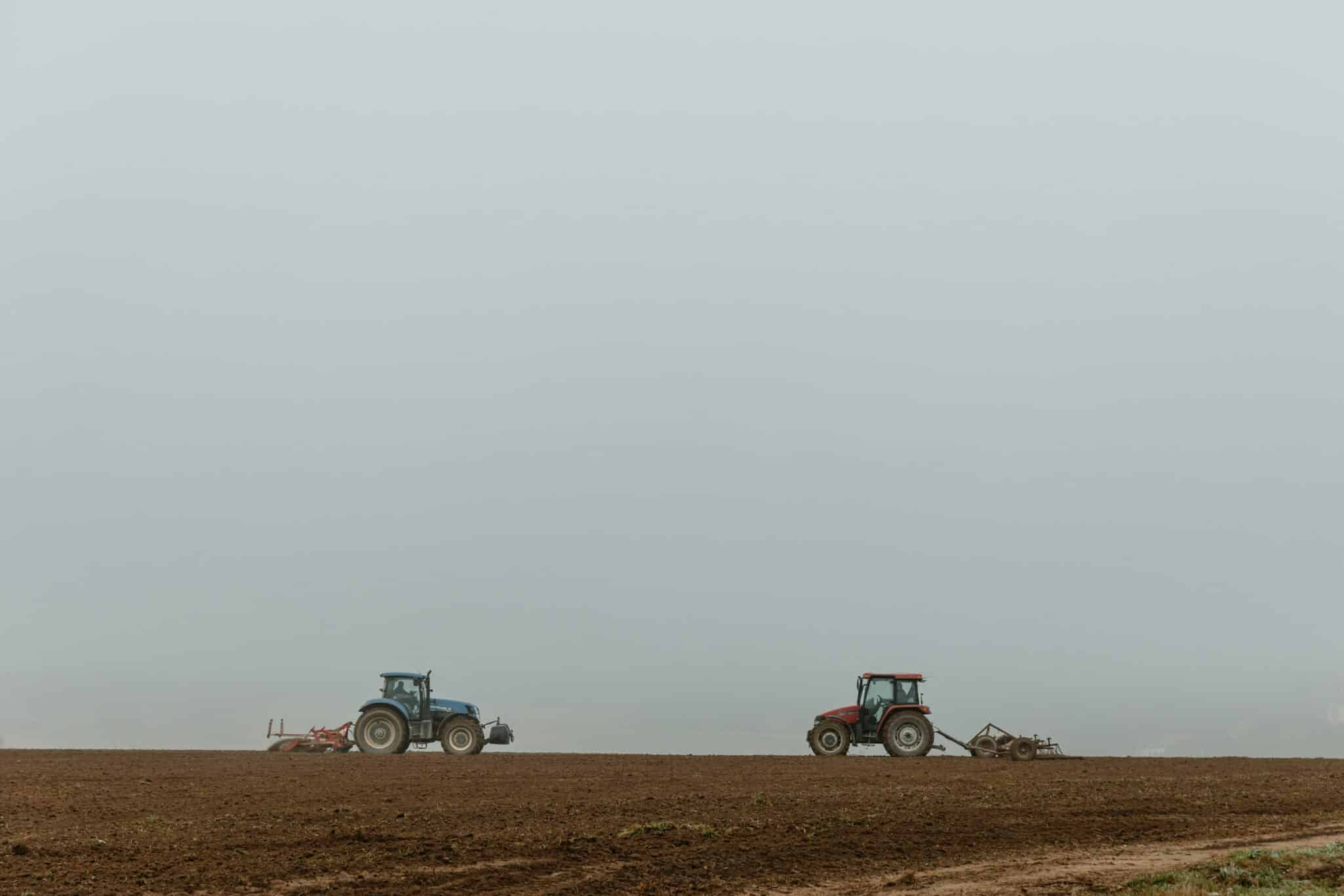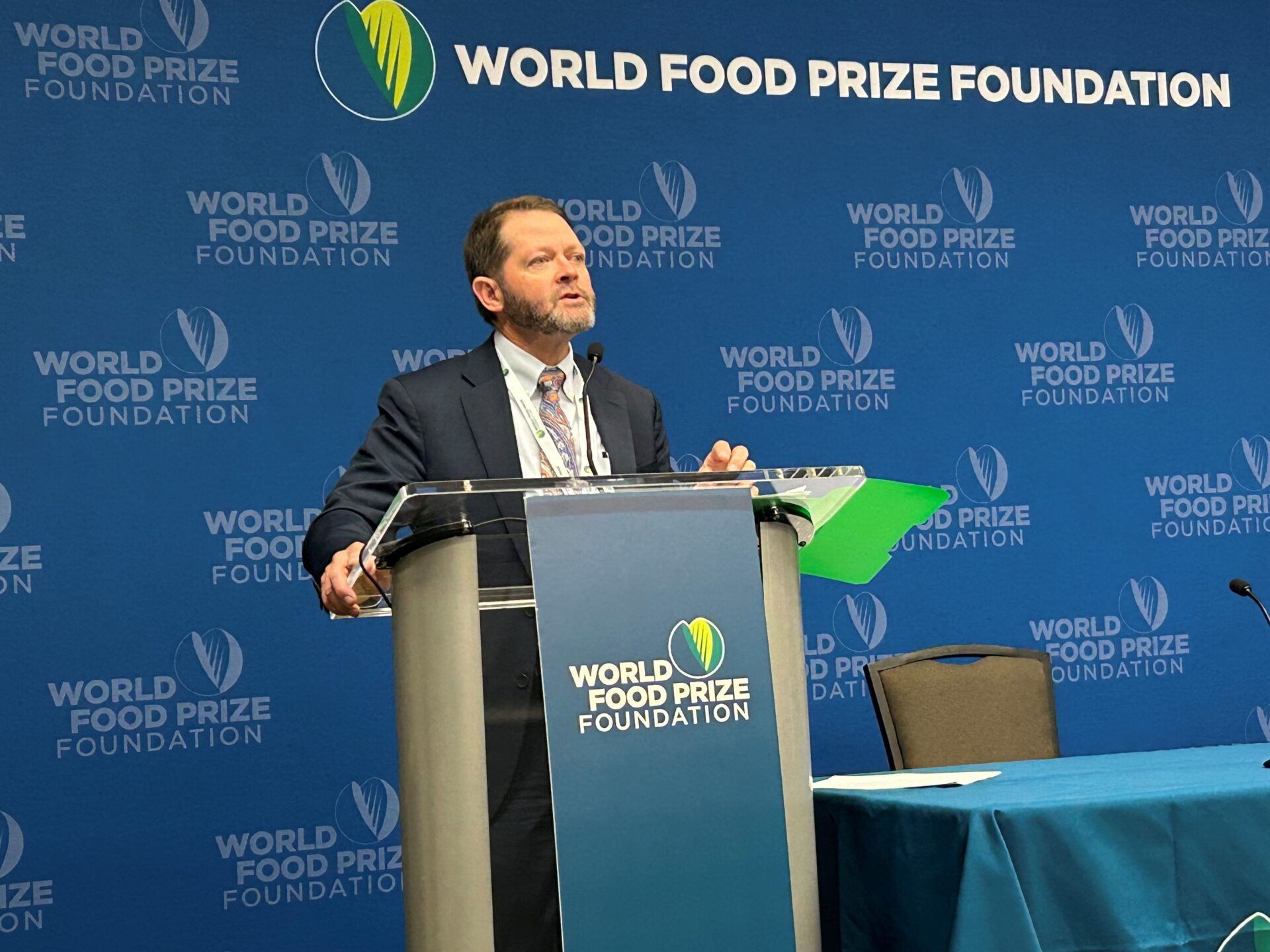Report on PepsiCo and Soil Capital Regenerative Agriculture Partnership
Initiative Overview and Contribution to Global Goals
PepsiCo has entered into a strategic partnership with Soil Capital to advance regenerative agriculture practices across key European markets, including the United Kingdom, France, and Belgium. This initiative is designed to fortify the supply chains for major brands such as Lays and Walkers, directly aligning with several United Nations Sustainable Development Goals (SDGs). The collaboration represents a significant step towards achieving SDG 12 (Responsible Consumption and Production) by embedding sustainability within corporate supply chains and promoting the efficient use of natural resources.
Program Scope and Implementation
The program targets oilseed rape farming, a critical ingredient for PepsiCo. The implementation is structured as follows:
- France and Belgium: A direct partnership between PepsiCo and Soil Capital will engage over 50 farmers, covering 7,000 hectares of farmland.
- United Kingdom: The partnership is facilitated through PepsiCo’s supplier, Cefetra, involving more than 20 farmers across an additional 7,000 hectares.
This initiative, spanning a total of 14,000 hectares (over 35,000 acres), is a component of PepsiCo’s broader commitment to expand regenerative practices across 10 million acres globally by 2030. This large-scale action supports SDG 2 (Zero Hunger) by fostering resilient agricultural practices that improve productivity and maintain ecosystems, and SDG 17 (Partnerships for the Goals) by demonstrating a multi-stakeholder approach to sustainable development.
Support Mechanisms and Sustainable Practices
The partnership provides a comprehensive support system to facilitate the transition for farmers, addressing key targets within SDG 15 (Life on Land), which focuses on halting and reversing land degradation and improving soil health.
- Financial Incentives: Direct financial support is provided to farmers to offset the costs of adopting new practices such as reduced tillage, planting cover crops, and using organic fertilizers instead of synthetic inputs.
- Expert Guidance: Farmers receive specialized agronomic support to navigate the transition and address localized challenges, such as soil compaction in the UK and heavy rainfall in France.
- Digital Tools: Access to advanced digital platforms allows farmers to track progress, measure their carbon footprint, and optimize their practices for environmental and economic benefits.
These measures are designed to enhance water efficiency, improve soil health, and build resilience within farming communities, contributing to SDG 8 (Decent Work and Economic Growth) by ensuring the long-term viability of agricultural livelihoods.
Monitoring, Verification, and Impact on Climate Action (SDG 13)
A core component of the program is its robust Monitoring, Reporting, and Verification (MRV) system. This digital framework is crucial for tracking progress against climate targets, directly supporting SDG 13 (Climate Action).
- The MRV system utilizes satellite technology and advanced modeling to provide accurate assessments of greenhouse gas (GHG) emissions.
- It measures changes in soil carbon storage, providing verifiable data on the climate benefits of regenerative agriculture.
- This data-driven approach ensures accountability and allows for the continuous improvement of practices to maximize carbon reduction and sequestration.
By quantifying the reduction in agricultural emissions, the partnership provides a measurable contribution to global efforts to combat climate change and its impacts.
Analysis of Sustainable Development Goals in the Article
1. Which SDGs are addressed or connected to the issues highlighted in the article?
- SDG 2: Zero Hunger – The article focuses on sustainable agricultural practices to ensure the long-term viability of food supply chains.
- SDG 12: Responsible Consumption and Production – The initiative represents a major corporation, PepsiCo, taking responsibility for the environmental impact of its supply chain and promoting sustainable production methods.
- SDG 13: Climate Action – A primary goal of the project is to mitigate climate change by reducing carbon emissions from agriculture and building resilience to climate-related challenges.
- SDG 15: Life on Land – The core of the regenerative agriculture practices discussed is the restoration and protection of terrestrial ecosystems, specifically improving soil health and preventing land degradation.
- SDG 17: Partnerships for the Goals – The entire initiative is built on a multi-stakeholder partnership between PepsiCo, Soil Capital, and its supplier Cefetra to achieve common sustainability objectives.
2. What specific targets under those SDGs can be identified based on the article’s content?
-
SDG 2: Zero Hunger
- Target 2.4: By 2030, ensure sustainable food production systems and implement resilient agricultural practices that increase productivity and production, that help maintain ecosystems, that strengthen capacity for adaptation to climate change, extreme weather, drought, flooding and other disasters and that progressively improve land and soil quality.
Explanation: The article directly addresses this target by describing the initiative’s focus on regenerative practices that “improve soil health, enhance water efficiency, prevent land degradation,” and build resilience to local challenges like “heavy rainfall” and “soil compaction.” This aims to create a “sustainable food system” and ensure the “long-term sustainability of our key ingredients.”
- Target 2.4: By 2030, ensure sustainable food production systems and implement resilient agricultural practices that increase productivity and production, that help maintain ecosystems, that strengthen capacity for adaptation to climate change, extreme weather, drought, flooding and other disasters and that progressively improve land and soil quality.
-
SDG 12: Responsible Consumption and Production
- Target 12.2: By 2030, achieve the sustainable management and efficient use of natural resources.
Explanation: The project promotes the efficient use of natural resources by helping farmers “move away from synthetic inputs toward organic fertilizers,” grow “cover crops,” and “enhance water efficiency,” all of which contribute to the sustainable management of land and water. - Target 12.6: Encourage companies, especially large and transnational companies, to adopt sustainable practices and to integrate sustainability information into their reporting cycle.
Explanation: PepsiCo, a large transnational company, is actively adopting sustainable (regenerative) practices within its supply chain. The use of a “digital Monitoring, Reporting, and Verification (MRV) system” shows a commitment to integrating sustainability information into its operational and reporting cycles.
- Target 12.2: By 2030, achieve the sustainable management and efficient use of natural resources.
-
SDG 13: Climate Action
- Target 13.1: Strengthen resilience and adaptive capacity to climate-related hazards and natural disasters in all countries.
Explanation: The initiative is explicitly designed to help farmers “tackle local challenges such as the heavy rainfall seen in France in 2024 and soil compaction experienced in the UK.” Improving soil health through regenerative agriculture is a key strategy for adapting to such climate-related hazards.
- Target 13.1: Strengthen resilience and adaptive capacity to climate-related hazards and natural disasters in all countries.
-
SDG 15: Life on Land
- Target 15.3: By 2030, combat desertification, restore degraded land and soil, including land affected by desertification, drought and floods, and strive to achieve a land degradation-neutral world.
Explanation: The article highlights that the program’s goals include to “improve soil health” and “prevent land degradation.” Practices like reduced tillage and cover cropping are central to restoring degraded soil and improving its structure and fertility.
- Target 15.3: By 2030, combat desertification, restore degraded land and soil, including land affected by desertification, drought and floods, and strive to achieve a land degradation-neutral world.
-
SDG 17: Partnerships for the Goals
- Target 17.17: Encourage and promote effective public, public-private and civil society partnerships, building on the experience and resourcing strategies of partnerships.
Explanation: The article is centered on the partnership between “PepsiCo and Soil Capital,” which also involves PepsiCo’s supplier, “Cefetra.” This collaboration across the value chain, involving corporations, expert firms, suppliers, and farmers, exemplifies the multi-stakeholder partnership model needed to achieve the SDGs.
- Target 17.17: Encourage and promote effective public, public-private and civil society partnerships, building on the experience and resourcing strategies of partnerships.
3. Are there any indicators mentioned or implied in the article that can be used to measure progress towards the identified targets?
-
Indicators for SDG 2 & 15
- Area of land under regenerative agriculture: The article specifies the initiative will cover “over 35,000 acres (14,000 hectares) of farmland.” This directly measures the scale of adoption of sustainable practices (relevant to Indicator 2.4.1).
- Soil carbon storage: The use of a digital MRV system to track “soil carbon storage” is a direct indicator of improved soil health and progress towards combating land degradation.
-
Indicators for SDG 13
- Greenhouse Gas (GHG) Emissions: The article explicitly states that the MRV system will “track GHG emissions,” providing a clear metric for measuring progress on climate change mitigation and the goal of “reducing agricultural emissions.”
-
Indicators for SDG 12 & 17
- Number of farmers engaged: The article mentions the involvement of “more than 50 farmers” in France and Belgium and “more than 20 farmers” in Britain. This indicates the reach and adoption rate of the sustainable practices being promoted.
- Financial resources mobilized: The provision of “financial incentives to pay for practices like reduced tillage, cover cropping, and organic fertilization” is an indicator of the resources being directed towards the partnership’s goals.
- Technology and knowledge sharing: The provision of “digital tools,” “climate assessments,” and “expert agronomic guidance” are indicators of the technology and knowledge being shared through the partnership to build capacity.
4. Summary Table of SDGs, Targets, and Indicators
| SDGs | Targets | Indicators Identified in the Article |
|---|---|---|
| SDG 2: Zero Hunger | 2.4: Ensure sustainable food production systems and implement resilient agricultural practices. |
|
| SDG 12: Responsible Consumption and Production |
12.2: Achieve the sustainable management and efficient use of natural resources.
12.6: Encourage companies to adopt sustainable practices and reporting. |
|
| SDG 13: Climate Action | 13.1: Strengthen resilience and adaptive capacity to climate-related hazards. |
|
| SDG 15: Life on Land | 15.3: Combat desertification, restore degraded land and soil. |
|
| SDG 17: Partnerships for the Goals | 17.17: Encourage and promote effective public-private and civil society partnerships. |
|
Source: foodingredientsfirst.com







